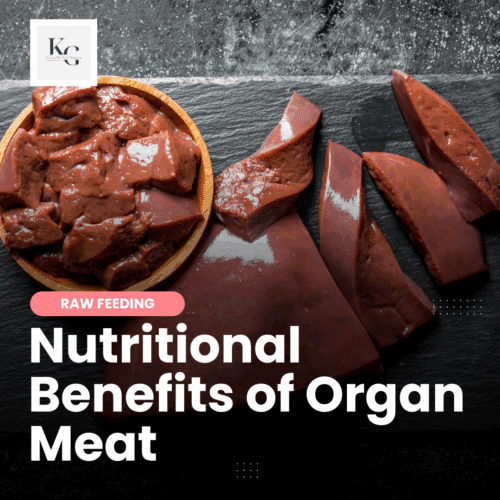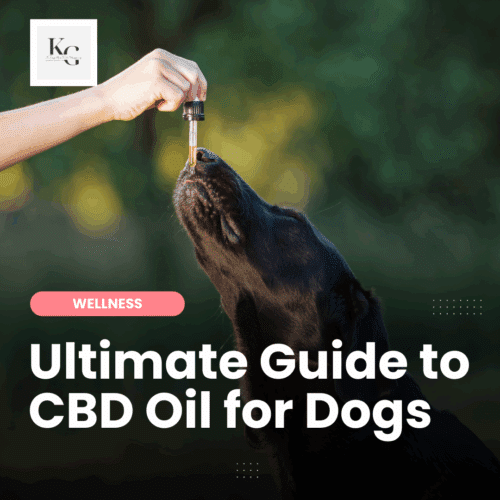Keep the Tail Wagging is supported by pet parents. I occasionally earn a commission (at no additional cost to you) when you click through an affiliate link to one of my favorite products. Thank you for your support. Read More
Did you know that blue-green algae kills dogs?
Occasionally, social media goes nuts with articles about dogs dying after spending the day swimming in local ponds and lakes. Each story raised alarms because I had never heard of this problem. We have two ponds and a creek on our property, and dogs who love to swim and walk tummy-deep in the water, drinking it like a summer refreshment.
Are our dogs in danger?
What is Blue-Green Algae?
According to news reports, blue-green algae is a type of toxic bacteria that floats on or near the surface of the water and has the appearance of foam or spilled paint across the surface of the water. Blue-green algae can also have a strong, musty smell (but not always). What sucks is that even after it's gone away, the toxins are still present in the water.
The toxic bacteria is often found in still waters (like ponds) and has been connected to fertilizer run-off.
How Does Blue-Green Algae Impact Our Dogs?
Depending on exposure, a dog may get sick after drinking water contaminated with this toxin. Ingestion can result in diarrhea, vomiting, liver damage, and death (in some cases). Despite the stories of dogs dying from exposure, I also read that these dogs were at a lake or pond for extended periods of time. Swimming in the water for 5-10 minutes or taking a few gulps of the water may not make a dog sick, but is it worth the risk?
Symptoms of Blue-Green Algae Sickness in Dogs
According to the PetPoisonHotline.com, symptoms of blue-green algae poisoning in dogs may include:
- Vomiting
- Diarrhea
- Blood in stool or black, tarry stool
- Pale mucous membranes
- Jaundice
- Seizures
- Disorientation
- Coma
If your dog experiences any of these symptoms after swimming (or drinking from) a local pond, please get in touch with your veterinarian immediately.
Is Blue-Green Algae in Our Ponds?
As I stated, we have two ponds and a creek on our property, and seeing all of the news reports made me wonder if our ponds were safe for our dogs.
We also have fish in our ponds, and birds drink from them. One warning sign that a pond is toxic is the appearance of dead fish and/or birds. All of the pond life is doing great. The creek on our property feeds into our two more extensive ponds, allowing the fish to swim back and forth.
So, I believe we're safe from blue-green algae. To be confident, I contacted a local specialist who confirmed that our ponds are fine.
How to Prevent Blue-Green Algae in Our Ponds
Speaking with a professional was gratifying and I learned that there are several things that we're doing that serve to protect our ponds (and dogs) from toxic blue-green algae.
We Surrounded the Ponds with Plantlife
By surrounding the ponds with plant life native to our area, we create a natural filtration system. We don't need to do anything with the plants except trim them back when they become overwhelming. We added these plants to protect the wildlife, provide food for the pond life, and keep the water oxygenated—I didn't realize they were protecting our dogs and fish from toxic algae.
We Don't Over Feed Our Fish
When we had a koi pond, we were careful not to overfeed the fish. They also had native food growing in their pond. The other ponds have an environment that supports the fish and frogs that live in them. They eat bugs (which is why we don't have many mosquitoes) and other things, so we don't need to feed them.
We Don't Use Fertilizer Near Our Ponds
We do use fertilizer in our gardens and when planting new trees, but we don't use it on our lawn, and we definitely don't use it near our ponds. Our concern has always been for the pond life; now, we have more reason to avoid fertilizing the lawn surrounding our ponds.
The Dogs Don't Poop in the Ponds
I'm anal about having a clean yard and pick up poop daily.
Clearing Blue-Green Algae from Ponds
If we happen to wake up and notice a toxic bloom forming in one of our ponds, it's not the end of the world. I've read that the best way to eliminate blue-green algae is to clear out the water. This would be a challenge because our ponds are natural, and the water comes from underground.
Some products that help remove algae from a pond that can be used are safe for pond-life. Because I don't have any experience using these products, I am not going to recommend any in this blog post. Instead, I recommend contacting your local pond maintenance shop to discuss your options.
















